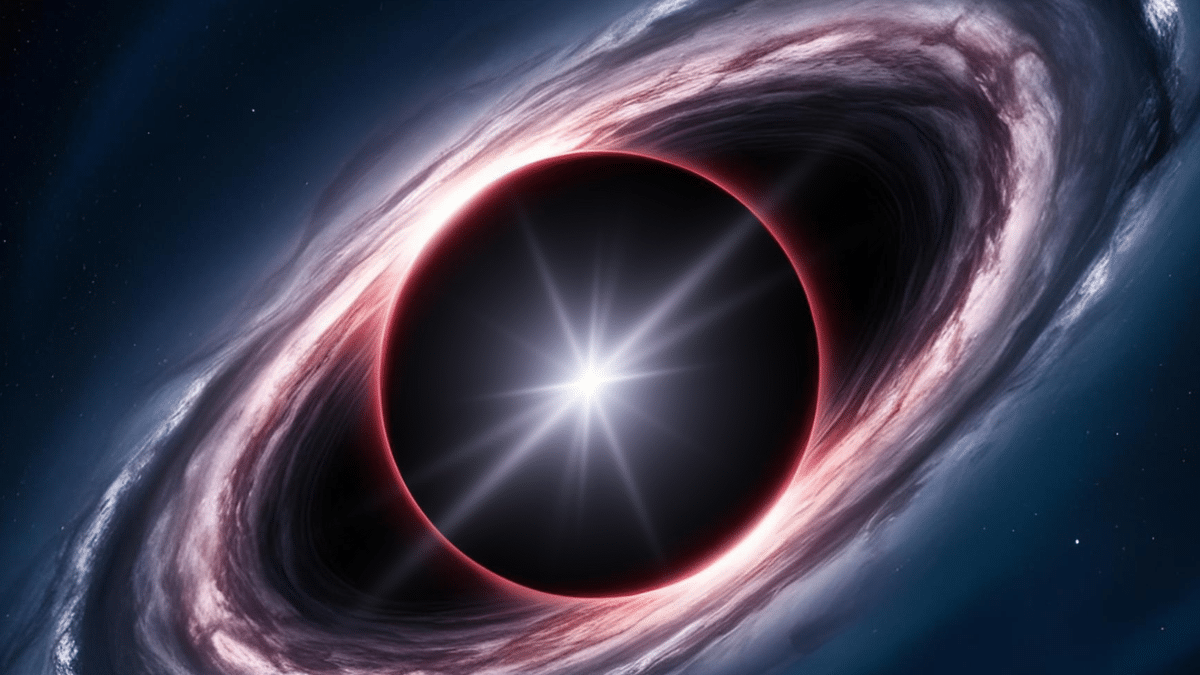New Theory Disputes Black Hole Singularities Amid Criticism

A new proposal aimed at eliminating the singularities at the core of black holes has sparked renewed discussions among physicists. Led by Robie Hennigar from Durham University, the research suggests a novel model where gravity behaves differently under extreme conditions, replacing the singularity with a compact, static core that is highly curved. While this approach modifies Einstein’s equations and incorporates higher-dimensional effects, it has faced criticism for lacking experimental support and relying on speculative mathematics.
New Model Proposes Alternative to Black Hole Singularities
Hennigar’s team has introduced a groundbreaking theory that modifies gravity in five dimensions. This innovative approach aims to address the singularities traditionally associated with black holes, which are points of infinite density where the laws of physics as we know them break down. The researchers propose that instead of a singularity, black holes contain a small, compact core that remains static and exhibits strong curvature. By generalizing Einstein’s equations, the team hopes to provide a framework that could resolve some of the paradoxes surrounding black holes and their interiors. However, the model’s reliance on higher-dimensional effects has raised eyebrows among some scientists.
Critics Raise Concerns Over Lack of Experimental Evidence
Despite the intriguing nature of Hennigar’s theory, critics have voiced significant concerns regarding its validity. Nikodem Poplawski, a physicist at the University of New Haven, highlighted several key issues. He pointed out that there is currently no experimental evidence supporting the existence of extra dimensions, which is a cornerstone of Hennigar’s model. Additionally, Poplawski noted that the study assumes a static interior for black holes, which contradicts conventional field equations that suggest such interiors should not remain static. He emphasized that simply altering general relativity without empirical backing renders the model more of a theoretical curiosity than a robust physical theory.
Theoretical Implications and Future Directions
The debate surrounding Hennigar’s model underscores the ongoing challenges in reconciling general relativity with quantum mechanics. While the modified gravity approach seeks to address the singularity issue, many scientists argue that a more comprehensive solution requires a synthesis of both theories. The complexities of string theory, including unresolved dimensions and undetected supersymmetric particles, further complicate the search for answers. Despite these challenges, Poplawski remains optimistic about the potential for bold ideas, such as the hypothesis that black holes could give rise to new universes, to yield fruitful insights in the future.
Observer Voice is the one stop site for National, International news, Sports, Editor’s Choice, Art/culture contents, Quotes and much more. We also cover historical contents. Historical contents includes World History, Indian History, and what happened today. The website also covers Entertainment across the India and World.

